Curiosity Science Contest Response #1 - Pinnacles Of The Life Cycle

Source
Nearly 3.8 billion years ago, the first ever life forms crawled upon this Earth in the aftermath of its formation in the crucible of cosmic chaos. They took form, proliferated as the species they were and grew, eventually dying out, as newer, more advanced life-forms came into being, proliferated, grew, and then eventually faded out of existence as well, shrouded in the sands of time, as even newer species came about to carry forward the process, this sequence of events ceaselessly repeating over and over again, eventually leading to humanity's existence. Whether our own species will fall prey to this cycle of extinction and new birth as well, or learn to circumvent it, is a matter of some debate in today's society.
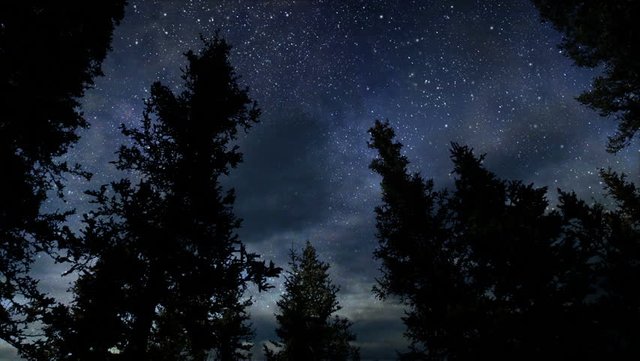
Source
However, every known species we have been able to research and learn about on our own, saw their origins here on this planet, under the Sun, Moon and stars the earliest civilized species would have looked up into the sky to gaze at whilst pondering these heavenly wonders of life (with obvious difficulties faced in the case of the former). Throughout all of these events spanning across millenia, those stars, the Sun and Moon remained consistent in life's evolution here, with the indigenous species of this world never truly knowing what they were, until ours developed a capacity for observation, insight and learning, and sought to target these attributes at those natural satellites of our world (as perceived then).

Source
Today the discoveries born of that curiousity yield this knowledge; far above the surface of our blue-green haven, the garden homeworld and nesting place of all known carbon based biological life, lies outer space, an idealized yet erratic ecosystem of its own in some ways, rife with barren worlds, gas giants, solar flares, magnetic storms, comets, asteroids, meteors, cosmic rays, and a myriad of other heavenly bodies, sights and events against a backdrop of absolute-zero emptiness.
The cosmic theme park.
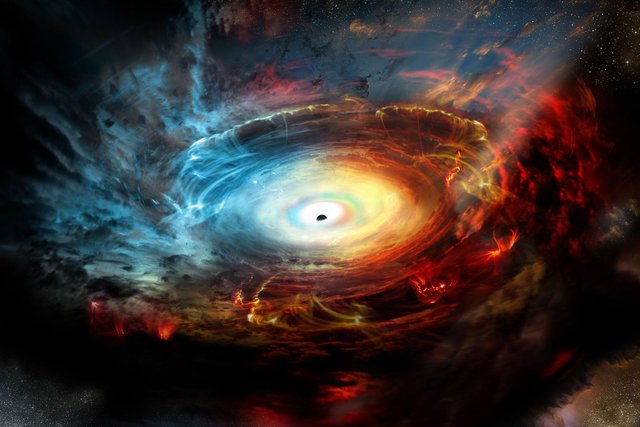
Source
Which also happens to include stars, the catalysts and sources of some of those events, and some of the most powerful forces and heavenly bodies in the known universe.
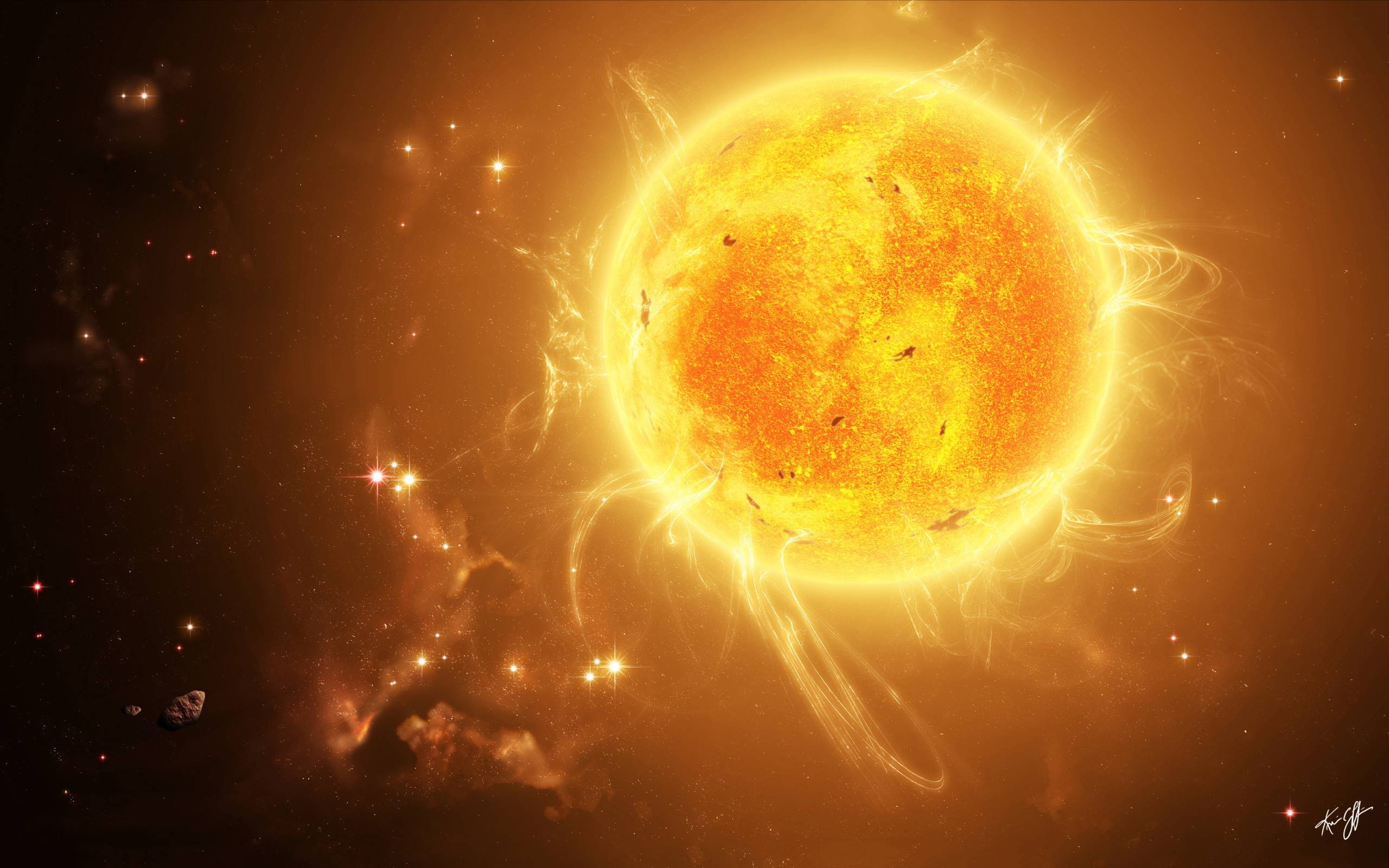
Source
Understandable, really. Isn't it?
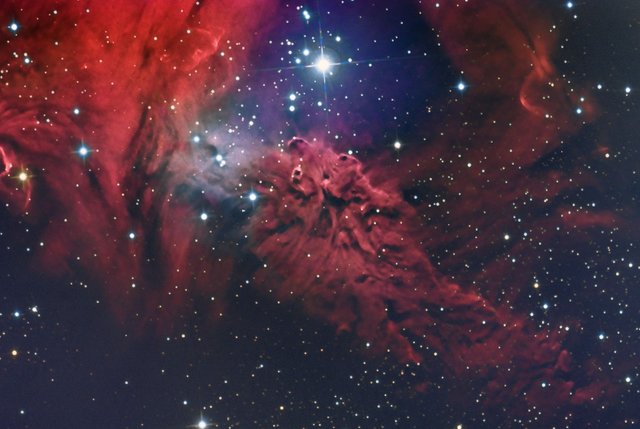
Source
Birthed in the colossal wombs of molecular clouds known as nebulas, comprised of unreckonable amounts of cosmic dust and gases (chiefly, varying mixes of hydrogen and helium), accretion disks swirling into ever concentrated, ever heating cores of stars awaiting their fiery nuclear geneses, these beacons of light, heat and potential life dot the perpetual darkness of space in every spiral arm of this galaxy and beyond. And while biological life itself is a product of a multitude of conducive conditions that must be just right, subject to development spanning centuries of time, these gigantic orbs of super-heated gas and dust too begin as simple disks of their substance, swirling into the spheres of nuclear fusion they are, to burn bright for millions and millions of years. And eventually...

...they too meet their ends. Albeit having outlived every known life-form in their respective solar systems, if life-forms there be.
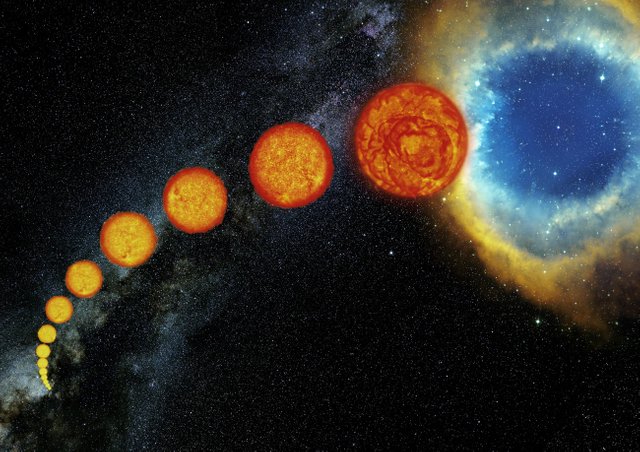
Source
Moving through many stages of existence just as humans and most known species do, albeit in their own ways, given that many of their internal processes are simply different kinds of nuclear activity, the majority of stars spend the bulk of their lifetimes fusing hydrogen into helium, and as they run out of hydrogen, they start to undergo new changes, much as biological life-forms do, although with far greater spectacularity than which accompanies the changes said life-forms undergo, with solar lifespans and form changes depending on the size of each star.
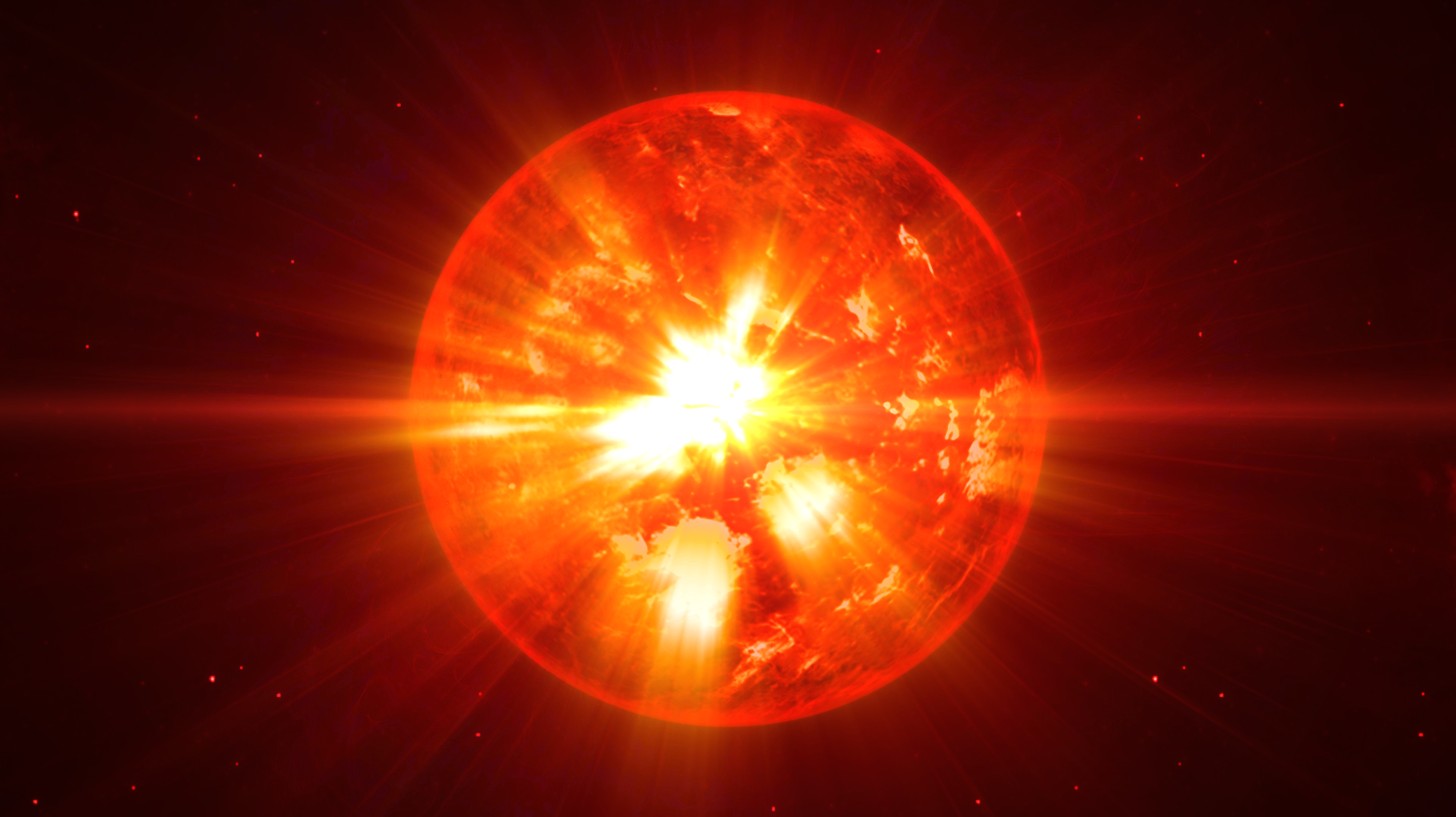
Source
Most eventually become red giants, medium mass stars whose surfaces cooled and expanded due to the heat being generated by the fusing of helium within their cores after their supplies of hydrogen were exhausted. These usually wind up becoming progressively more erratic and unstable, losing portions of material from their surfaces over several million years, until finally all that is left of them are small, bright, white dwarves, held together by the energy generated in their gradual collapse.
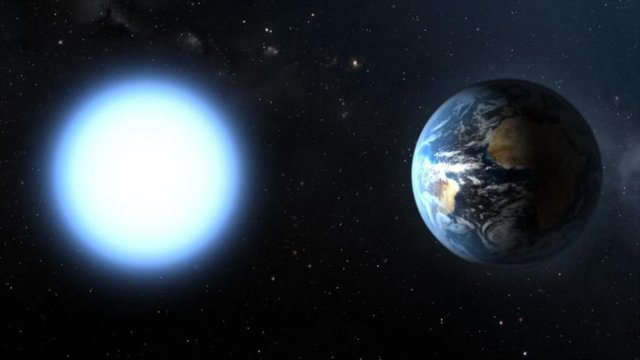
Source
A final stage, before their complete end.
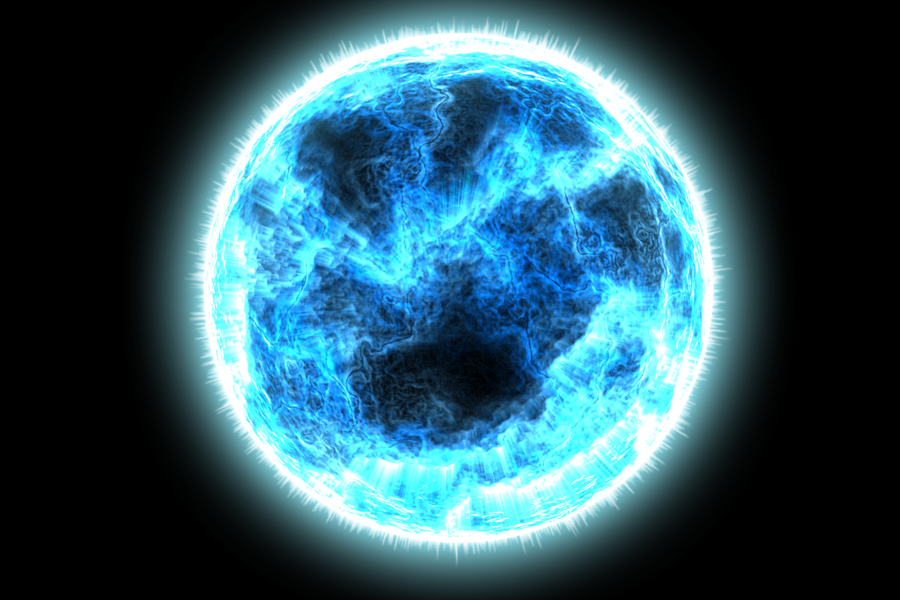
Source
Larger stars, especially the giant blue ones, burn through their stockpiles of gas significantly faster, and may sometimes undergo a far more dramatic, powerful, and noticeably destructive change; the sudden, immense expulsion of unstable matter surrounding the core into the space surrounding it, known commonly as a supernova, often becoming a neutron star at the centre of its own nebula, propagating large amounts of unstable radiation into the space around it.
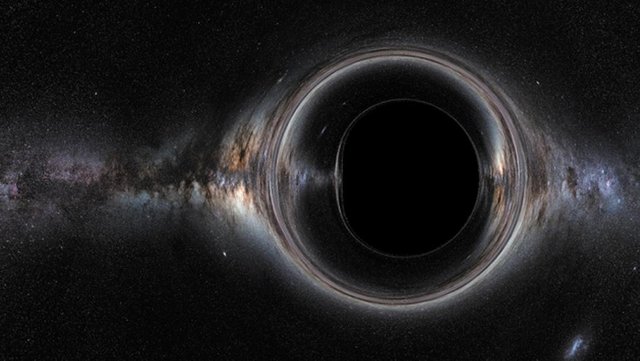
Source
In some cases however, the giant star, if significantly large enough before it was drained, meets its end through a less noticeable collapse; its own gravity. Sucked into its own mass' gravitational pull, it falls in on itself, and becomes what is known as a black hole. An agglomeration of density and gravity so concentrated, that not even light can escape its well, making these virtually invisible, save for any light and radiation that may be constantly pulled into them from other sources, such as adjacent stars, in some ways making these phenomena resemble large cosmic drainholes, while at other times making them spectacular formations of light and dark in the absolute-zero background of space.
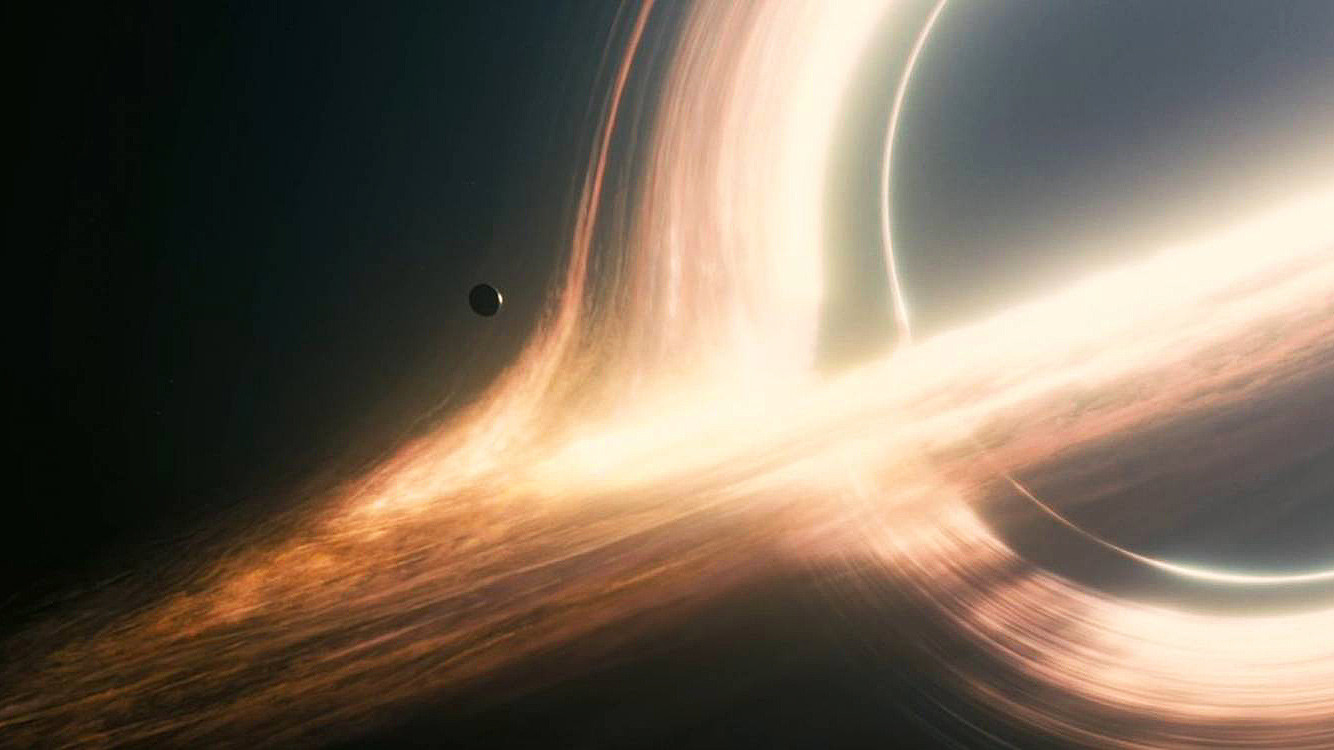
Source
In the duration of most of these events having occurred, occurring and yet to occur all over the galaxy in the course of the Sun's lifespan, our world forms in the chaos of our star system, becomes capable of supporting life, harbours a few dozen billion species in its lifetime, including humanity, sees the inevitable end of our reign upon it, and eventually dies out as the Sun goes dark, a barren husk of a once habitable world. Our collective lifespan fleeting in the face of the Earth's time, and its own, minuscule, faced with the Sun's nuclear era. We, a small people, in the midst and at the mercy of forces of the cosmos significantly more immense, incomprehensible and above us, themselves each facing their own degrees of mortality.
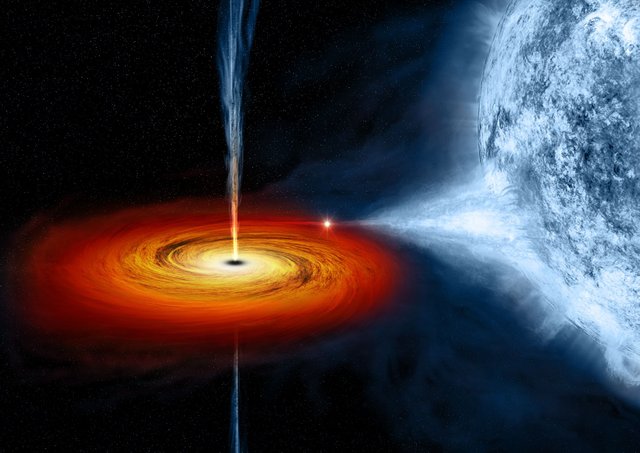
Source
That scale of things, is our reality. We are both significant relatively, and insignificant relatively. And there is sufficient enough room to draw one's own analogies of such phenomena that any one perspective of these events may not be 'more right' than another, so I will simply offer mine; just as stars can be born brown dwarfs, medium sized suns, and immensely colossal orbs of fast burning gas, so too are humans born as unnoticed, downtrodden members of society, mid-tier individuals somewhere in between complete oblivion and complete recognition, and the upper class crème de la crème of the species.
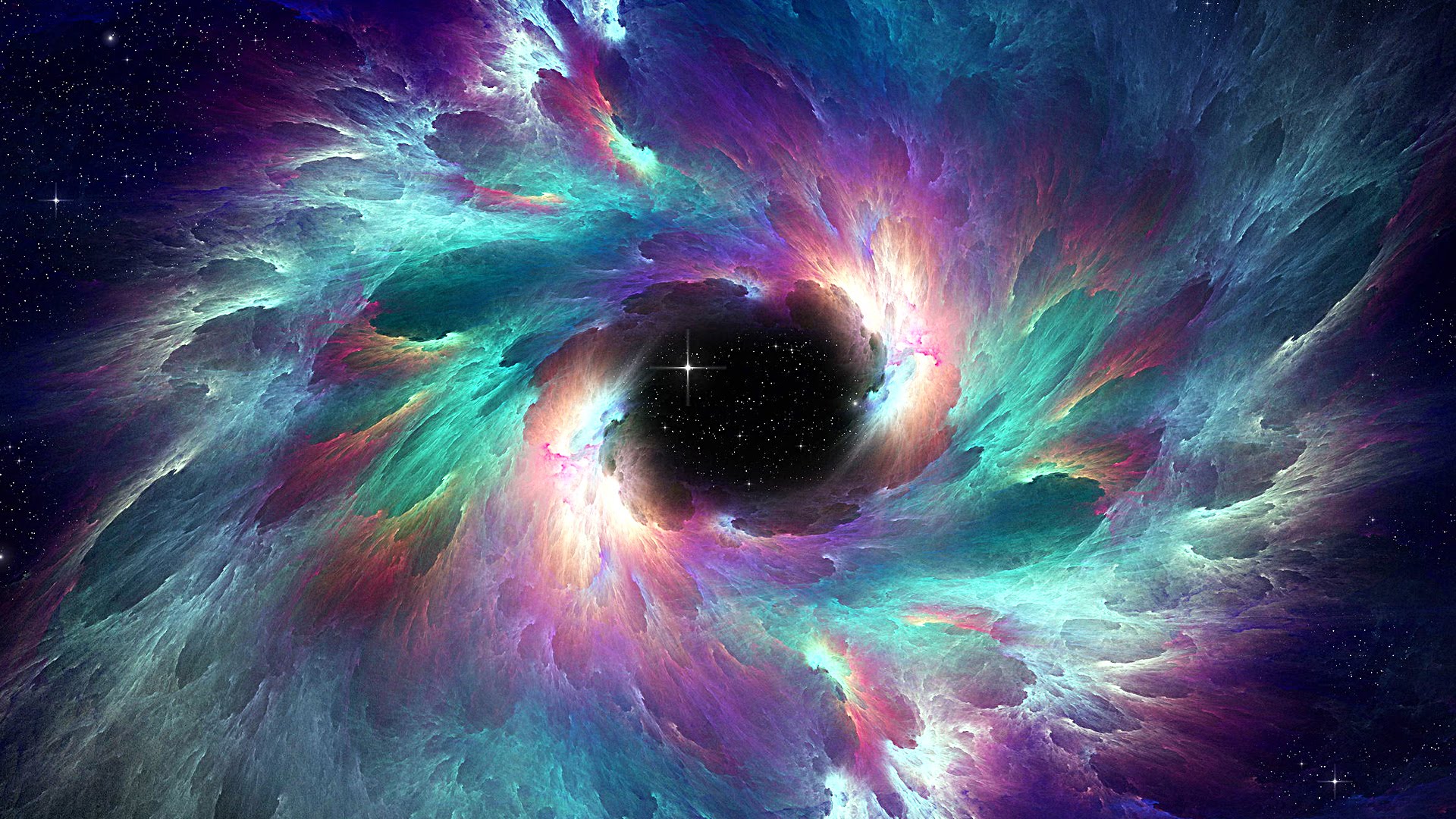
Source
And just as stars undergo many different changes in both shape and form, people from all classes and walks of life undergo changes of their own throughout their existences, contributing to who they eventually become as people. And like the stars in space, people from every walk of life meet their own, individual ends as well...some, as unseen and insignificant, yet as compellingly enough to those who were close to them, as a black hole, while some leave behind lasting memories in those whose lives they touched, as their influence spread across and into the existences of the scores they met, and yet others who grew to become giants amongst us, significant enough that few may ever have been unaware of them, and who met spectacularly powerful and impactful ends that shook and shaped the very essence of the development of our species.
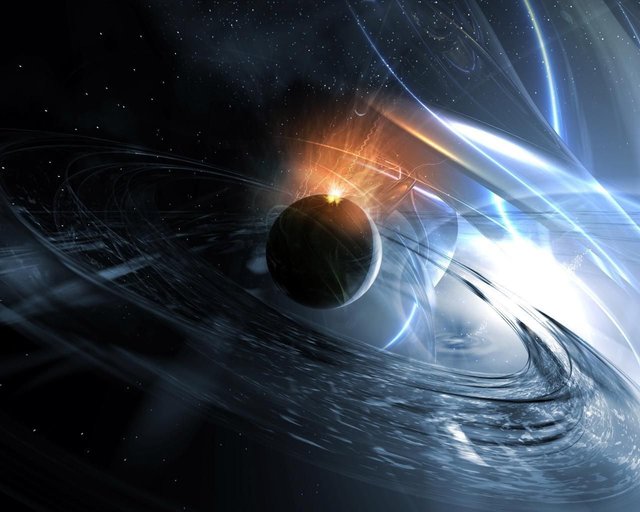
Source
Ultimately, I believe that each of us is faced with a combination of choices and circumstances that make each of us who we become in life, and our choices represent our contributions to our own fates, and how significant or insignificant we may become.
And while globally recognized 'stardom' is difficult and/or nigh-impossible for a huge portion of our species to attain for each individual self, each and every one of us, like stars, possesses the capacity to bring light and warmth into the lives of those around us. We may not all be giants, and not all of us may leave behind nebulaic legacies when we go, but we are each a star in the hearts and minds of those around us.
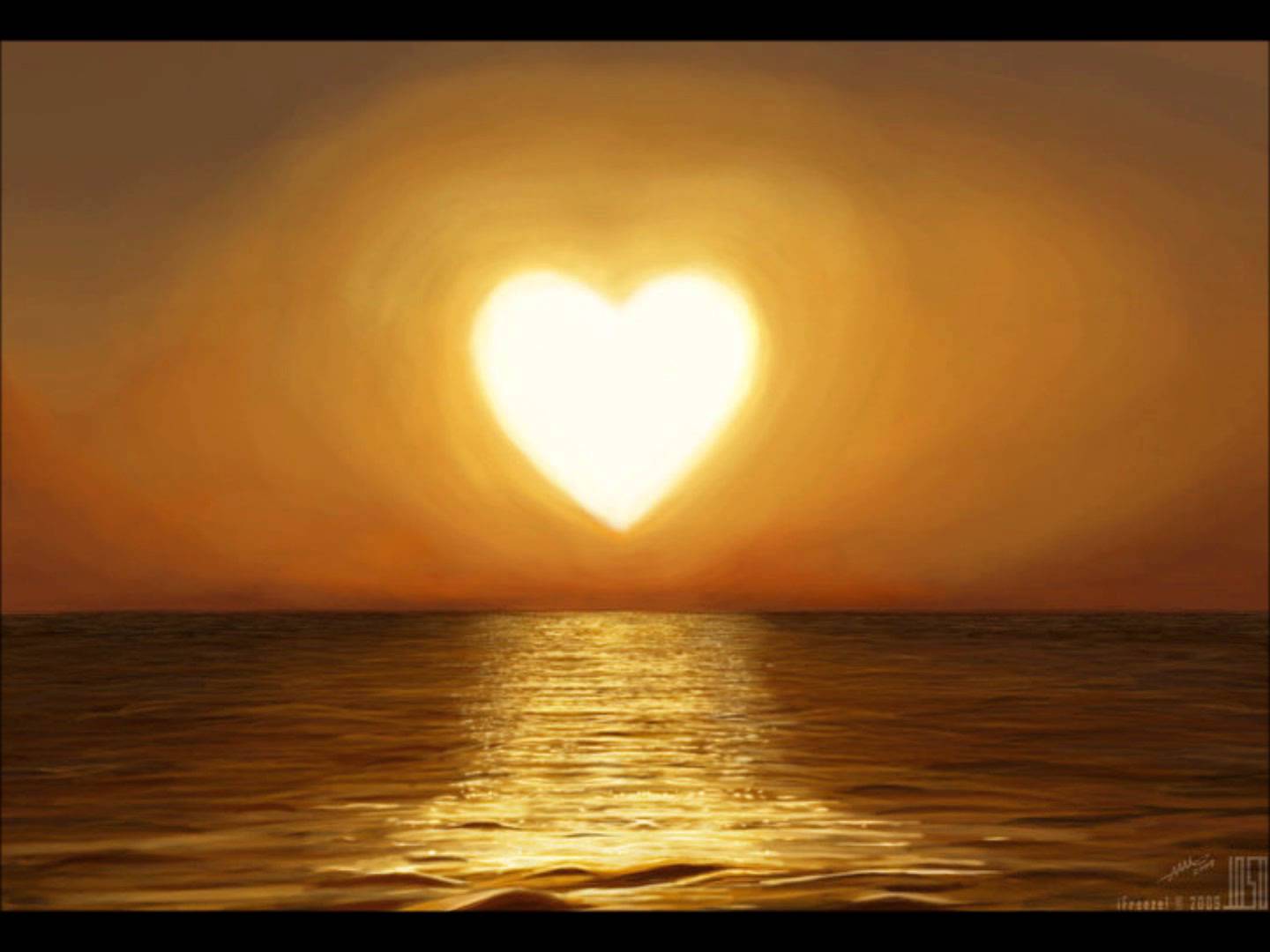
Source
This was an entry to the Curiosity Science Contest hosted by @curiousity. If you enjoyed it, please upvote. And if you'd like others to read it, resteem it. And if you really liked it, feel free to follow :P
Cheers! :D :D
Great post! the cosmic theme park was an excellent phrase! I loved the parallel between stars and humans! Good luck!! :)
Thank you :D :D :D
Indians always impressive with the new Technology and information 😉
Well done.
Thanks m8 =D
The faster you go, the shorter you are.
- Albert Einstein
Well, that could be taken in a multitude of ways :P